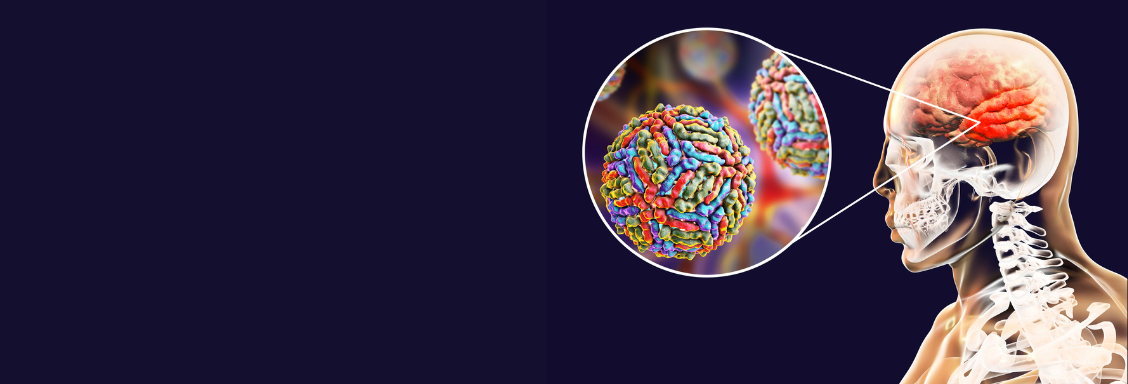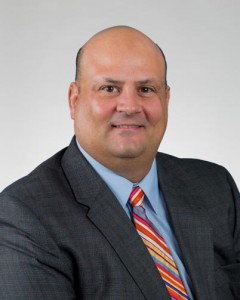Time is Brain: What is a stroke?
A lot of patients don’t recognize strokes soon enough. F.A.S.T. (Face drooping, Arm weakness, Speech difficulty and Time to call 911) is an easy way to remember the sudden signs of a stroke. If you or someone you know shows any of these symptoms, even if they go away, call 911 and get to the hospital immediately. If you get to the emergency room within three hours, your stroke can be treated.
Ryan J. Lynch, D.O., practices general adult neurology and neurorehabilitation at LECOM Institute for Successful Aging and Corry Memorial Hospital Rural Health Clinic. In this article, he goes beyond F.A.S.T. to explain what a stroke actually is and steps you can take to control the chances of experiencing one.
What are the two main types of a stroke?
- Clogged artery stroke (ischemic stroke)
- Bleeding stroke (bleeding in the brain)
To help put these into perspective: Clogged artery strokes make up about 83% to 85% of all strokes; bleeding strokes make up about 13% to 15% of all strokes.
Another “stroke like” event that can occur is a TIA, or Transient Ischemic Attack. TIAs present temporary symptoms for 24 hours or less; symptoms typically resolve within 12 hours. If you experience numbness in your leg for a week, for example, it would not be considered a TIA.
Because we can’t really know if it’s a TIA or stroke, both are treated the same at the emergency room.
What are the most common causes of a stroke?
Ischemic (clogged) strokes:
- High blood pressure
- High cholesterol
- Smoking
- Obesity
- Diabetes
Hemorrhagic (bleeding) strokes:
- High blood pressure
- Brain aneurysm ruptures
- Head trauma
How long can a stroke last?
Deficits or symptoms can last permanently. A common misconception is that patients can be rehabilitated; in reality, there is no guarantee for this.
It’s important to know that tissue or brain destruction happens within an hour of a stroke.
How serious is a stroke?
A lot of strokes start with mild symptoms. If patients wait, by the time the big ones occur, it will be too late and patients could become permanently disabled. The quicker you can get to the emergency room, the better you will do. By the time you get to the emergency room, you may lose the ability to speak or comprehend what’s being said to you.
Technology today permits people to live. The biggest side effect is permanent and severe disability.
The best way to think of it is this:
Time is Brain
What can you expect at the hospital?
If you arrive at LECOM Health Corry Memorial Hospital within three to 4 1/2 hours or less of your stroke symptoms, the hospital can give you tPA (Tissue Plasminogen Activator). Corry Memorial Hospital is considered a “stroke ready hospital.” They will start a tPA and send you to Millcreek Community Hospital, which is a “primary stroke hospital.”
Current guidelines allow for intervention through the arteries by using a stent-retrieving device, but that is only available at a comprehensive stroke center or tertiary stroke center.
For young people with virtually no risk factors, they can give a CT Angiogram, and then send them to another hospital to have the clot removed.
Is it possible to have a stroke and not know it?
Yes. Subtle symptoms progress into weakness, paralysis, and total disability. Discoordination could be the first signal that you’ve been clumsy before or felt “different.” It could start with dizziness or weakness. Symptoms advance quickly, so as soon as you start feeling weird, clumsy or different, get to the emergency room.
One important thing you can do for yourself and the hospital:
NOTE THE TIME your symptoms start! Screenshot your phone with the time.
What can you do to prevent a stroke?
- See your family doctor regularly!
- Eat a low-fat diet.
- Exercise.
- If a doctor says to take a baby aspirin to prevent stroke, take it.
- Quit smoking.
- If you partake of medical marijuana, do not smoke it. Take edibles if needed.
What are the biggest risk factors of having a stroke?
- High blood pressure is the biggest factor of the ones you can control
- High cholesterol
- Being over the age of 65
- (Immediate) family history
- Patients with active or recent COVID infection
The exact reason for it isn’t clear yet, but ischemic and hemorrhagic strokes have happened in the brain at the same time in COVID patients.
Strokes are more common in men than in women, and it’s even more common in transitioning men because of the estrogen, similar to a post-menopausal hormone replacement.


